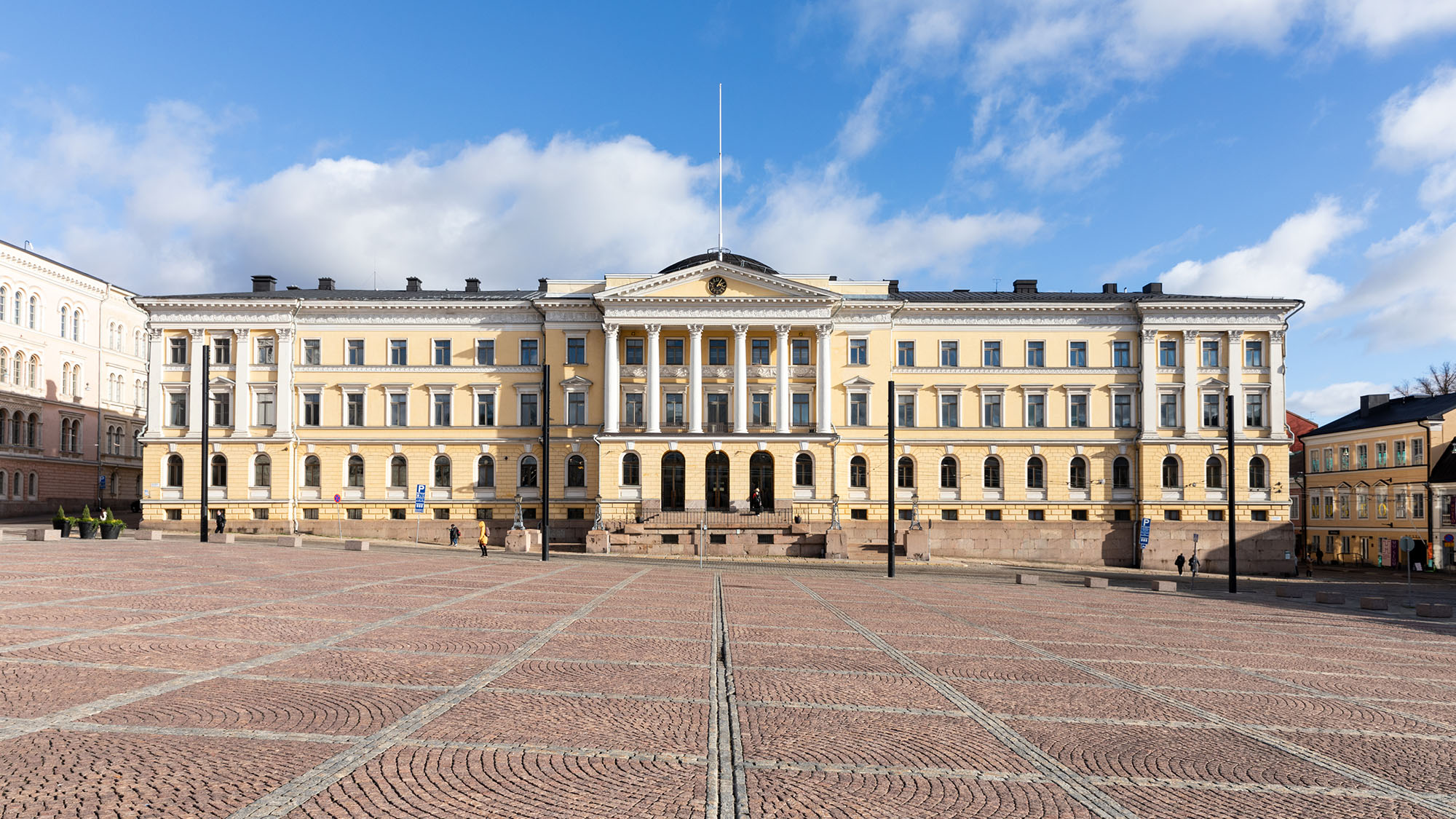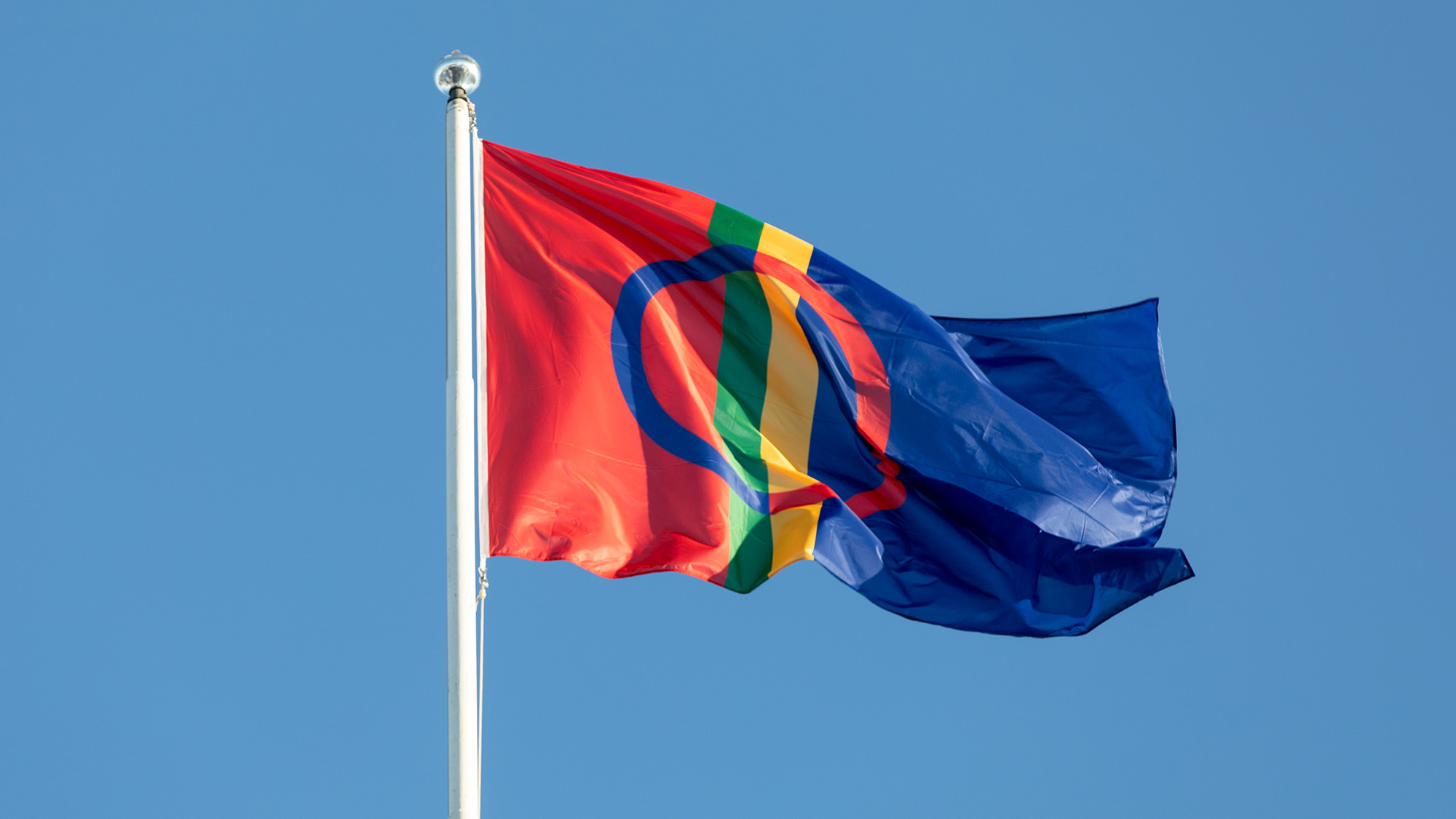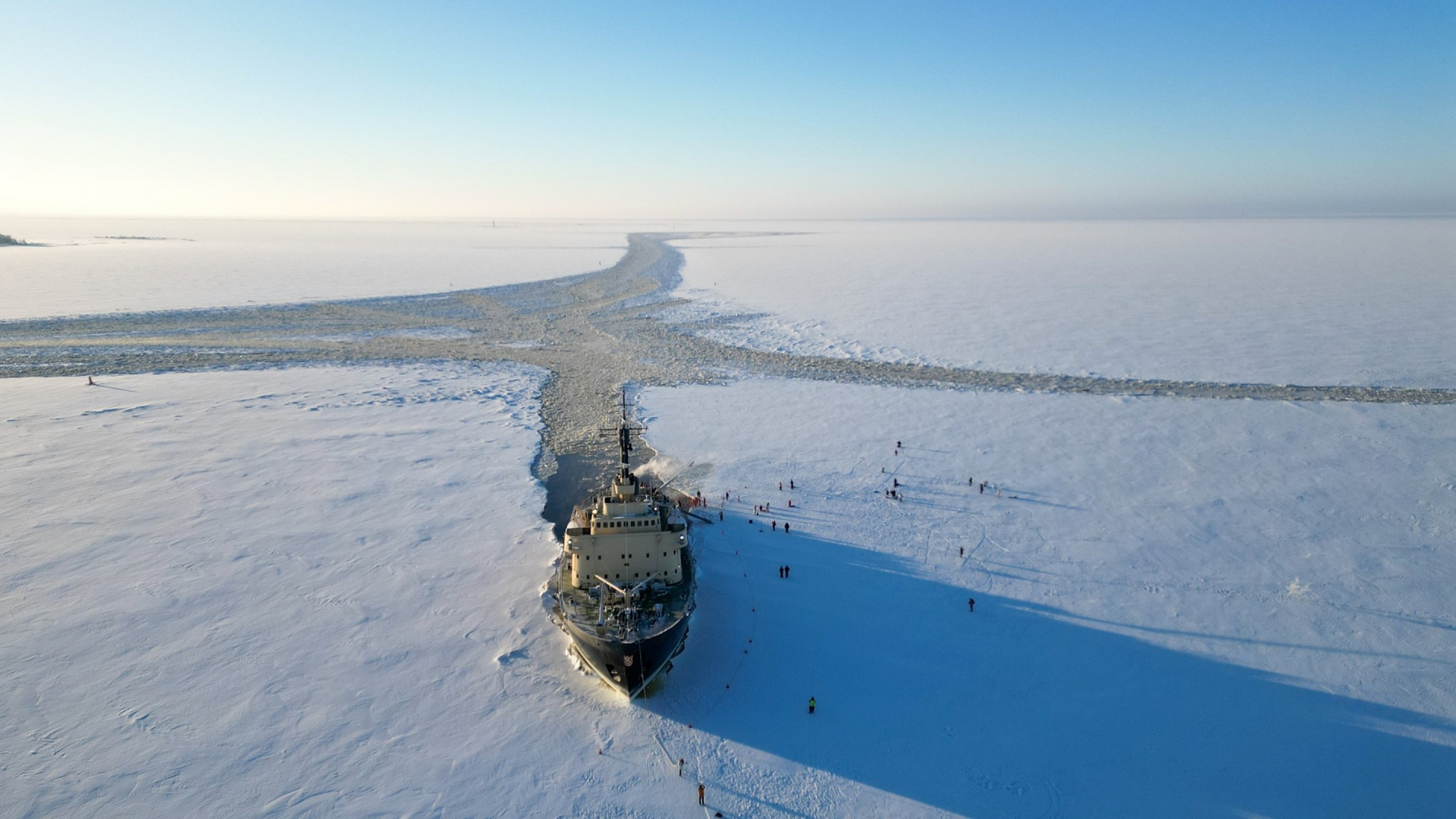Finnish Government
Government is a concept with several meanings. It usually refers to the Government of Finland composed of the Prime Minister and the other ministers. The Government has 12 ministries and usually around 20 ministers.
The Government is an institution exercising the supreme executive power in Finland. It is a central part of Finland's political system. The Government is responsible for Finland's day-to-day administration and decision-making. Its actions have a significant impact on the everyday lives of Finnish people and on society as a whole.
Finland has a system of parliamentary democracy where Parliament, the country's supreme legislative body, oversees the Government's decisions.

The Government’s activities
The Prime Minister leads the Government’s work and oversees the implementation of the Government Programme. The ministers serve as the heads of their respective ministries and oversee their administrative branches. The Government makes its joint decisions at plenary sessions.
Role of the Prime Minister Ministries Sessions Finland's EU policy History and buildings
Prime Minister’s Office
The main task of the Prime Minister’s Office is to support the Prime Minister in the general management of the Government and in coordinating the work of the Government and Parliament. It is responsible for organising the Government’s activities and ensuring that the general conditions are in place for the Government to function properly in all circumstances.
Services to the Government Management and organisation Financial and operational planning and monitoring AwardsCross-administrative cooperation in the Government
The Prime Minister’s Office manages several cross-administrative projects and bodies that collaborate with different sectors and ministries. Multi-sectoral cooperation is an essential part of the work of the Prime Minister’s Office. Its goal is to advance the Government’s policies and strategic objective across ministerial boundaries.





